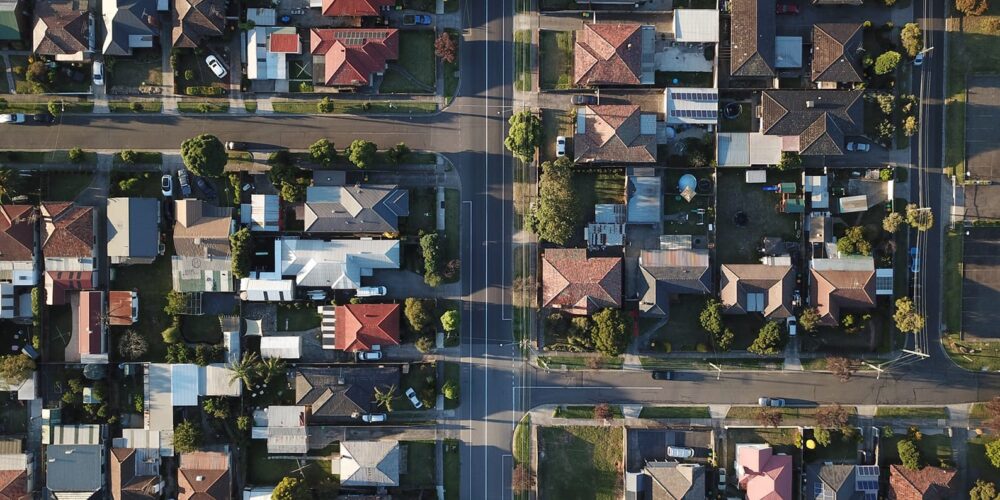WA leads nation, NSW lags behind in decade of new home builds

Almost 1.5 million new homes were built in Australia from 2006 to 2016 but the growth of housing stock in each state and territory was uneven, ranging from 26 per cent in Western Australia to just 12 per cent in New South Wales, new AHURI research reveals. Only the building boom of 2015-2018 pushed NSW to reach supply levels comparable with other states.
The research, ‘The uneven distribution of housing supply 2006–2016’, undertaken for AHURI by researchers from Curtin University, University of Sydney and the University of Adelaide, examined the quantity, composition and distribution of new housing supply across Australia between 2006 and 2016, what influenced the differences in local rates of production and what local and state governments can do to increase diverse new dwelling supply.
Lead researcher and Director of AHURI’s Curtin research centre Professor Steven Rowley said the research aimed to understand patterns of new housing supply, whether supply was driven by price or other factors, and what governments could do to encourage new supply in specific locations.
“As well as varying growth rates between states and territories, the report found an uneven distribution of new housing in all mainland capital cities with Sydney demonstrating the most even balance between inner, middle and outer area supply,” Professor Rowley said.
“When considered in relation to population numbers, the distribution of new home supply was quite even across Greater Sydney. In contrast, Greater Melbourne saw strong supply in its inner and outer areas, but little in established middle areas while supply in Perth and Adelaide was mostly on the urban fringes.
“Relationships between new housing supply and price change are complex, with typically cheaper, greenfield housing areas recording modest price growth, but areas of pronounced apartment development experiencing higher price inflation over the period.”
Professor Rowley said the research found that in all cities, over the 10 years studied, those Local Government Areas (LGAs) that delivered more housing supply had below city average house prices.
“In fact, all of the high-supply LGAs in Perth and Brisbane were areas with prices below the city average. The outlier was Sydney, but even there 40 per cent of high-supply LGAs were in lower priced areas,” Professor Rowley said.
“Across the nation, there seems to be an appetite for more bedrooms, and perhaps COVID-19 will increase that appetite further. There was a fall in the number of three-bedroom dwellings from 47 to 42 per cent of all housing stock and a rise in the number of four or more bedroom dwellings from 23 to 27 per cent.
“During the 10-year period we can argue supply actually became less diverse with an increase in the proportion of larger houses in most cities. This runs contrary to the push by state and territory governments to increase dwelling choice.”
Professor Rowley also said the research found a key driver of new housing supply was the availability of sites, but critically sites where a developer was able to turn a profit.
“Ultimately new dwelling supply relies on the private sector to be able to make money to compensate for the risk of undertaking development,” Professor Rowley said.
“If there is no profit there is no development, so market conditions must be right. Government can help by making the development approval process as efficient as possible and monitoring the costs of urban regulation.”
The report can be downloaded from the AHURI website at http://www.ahuri.edu.au/research/final-reports/334



